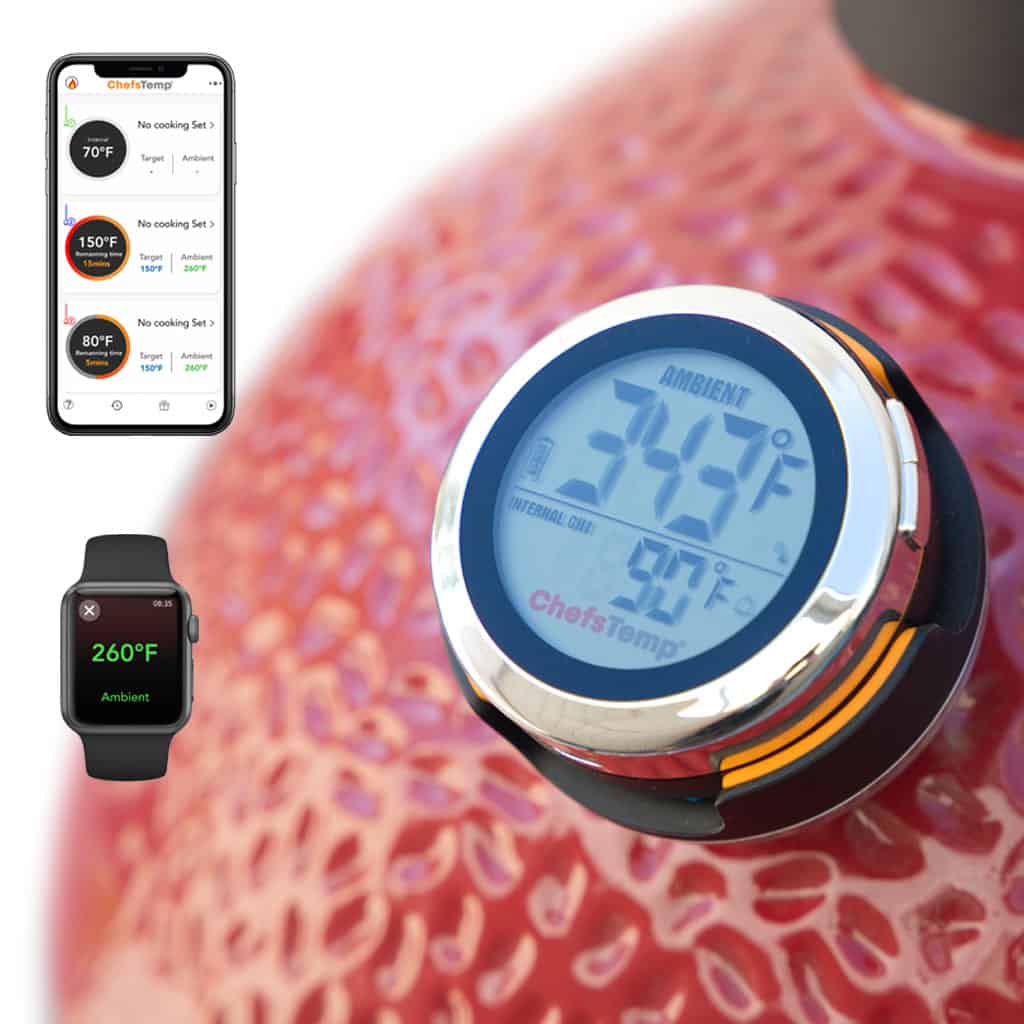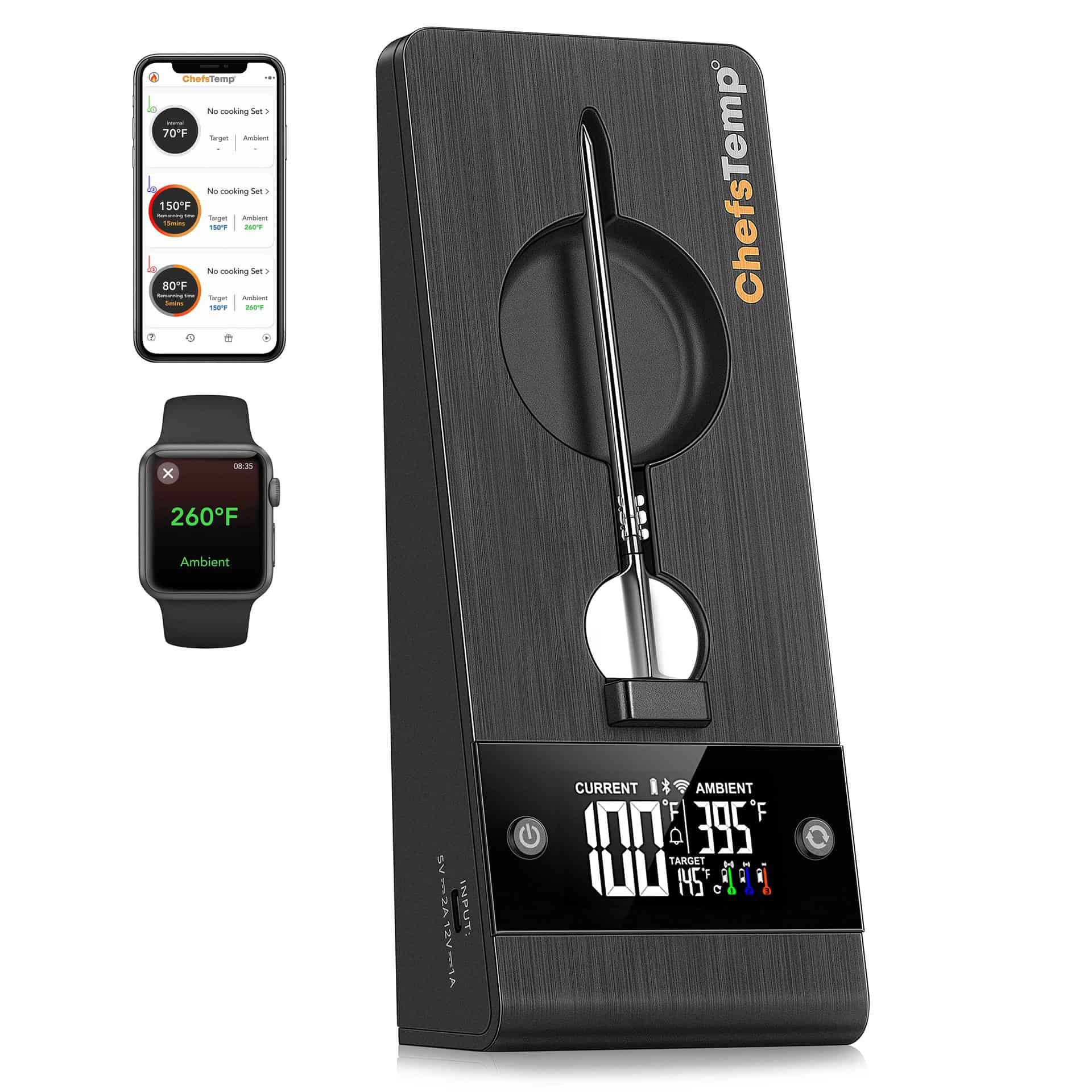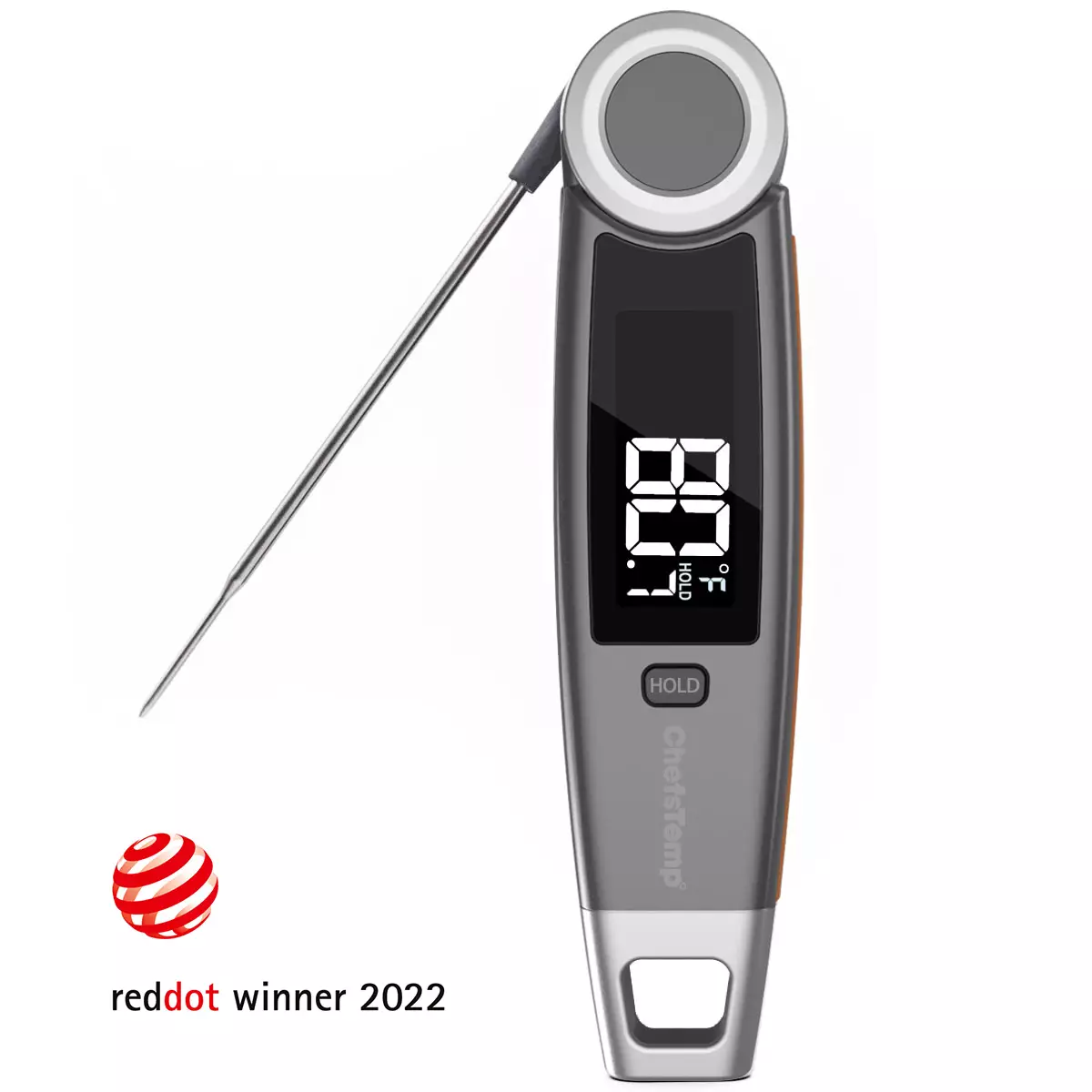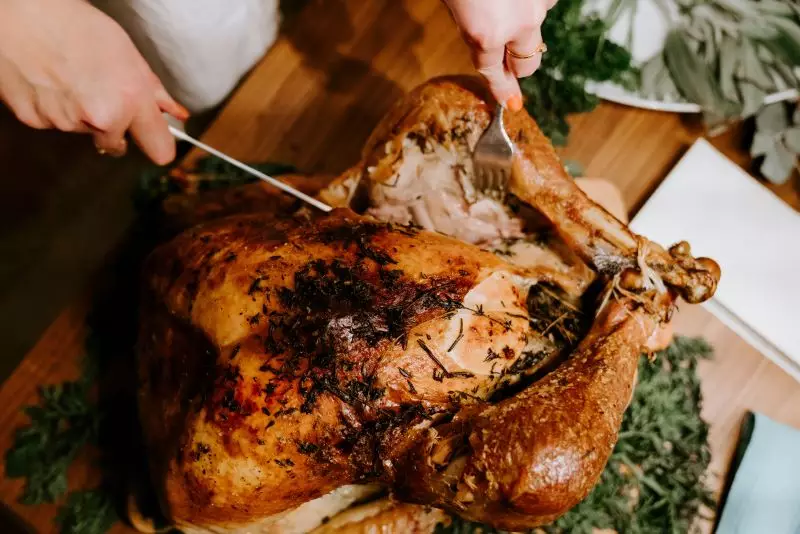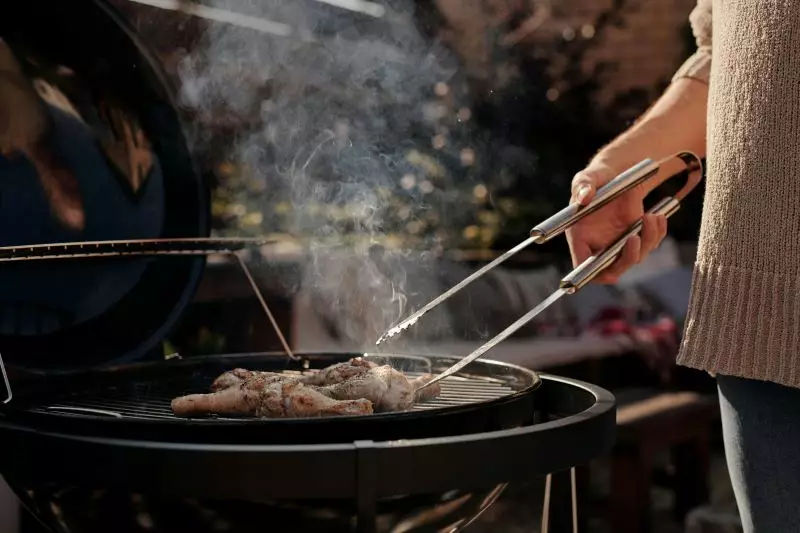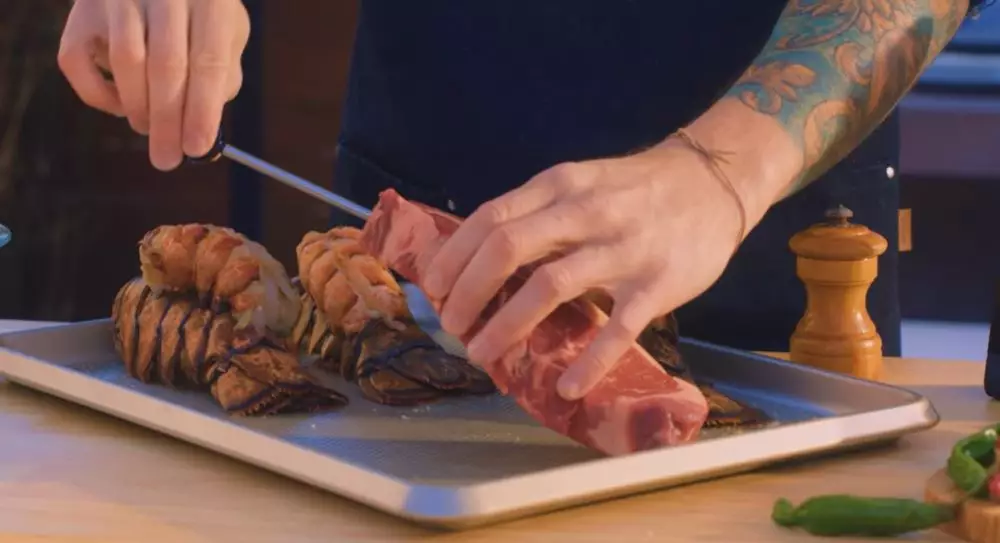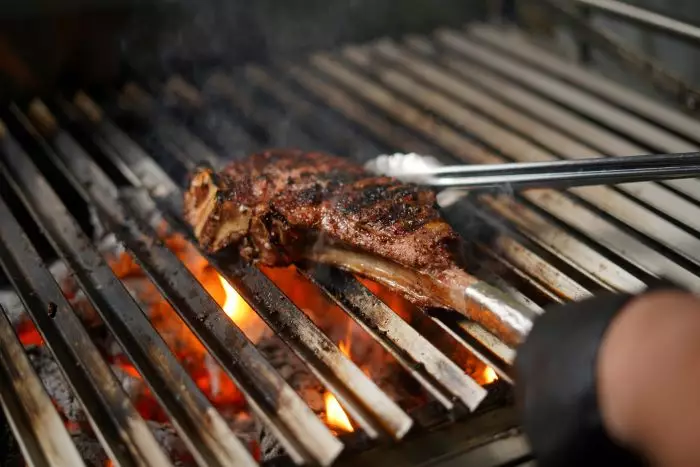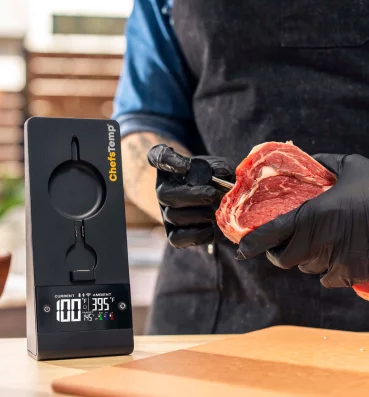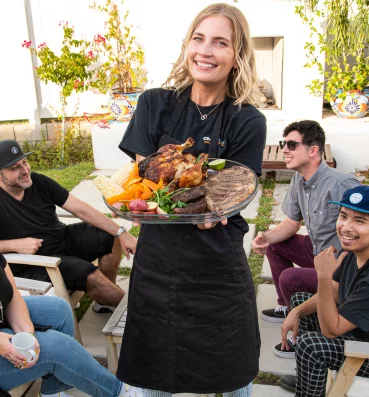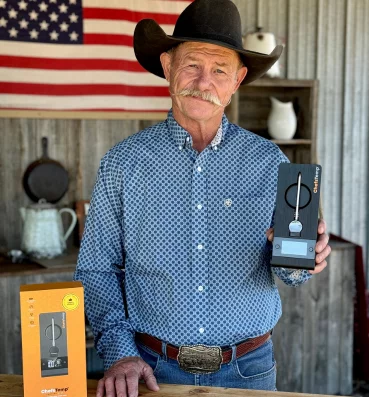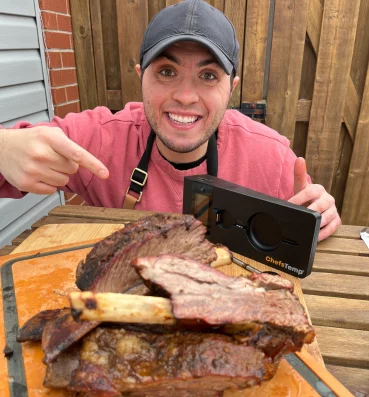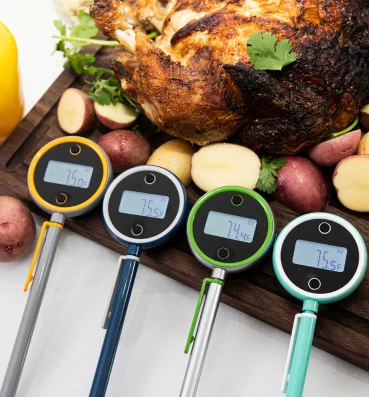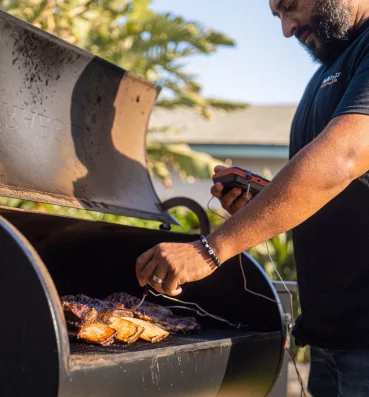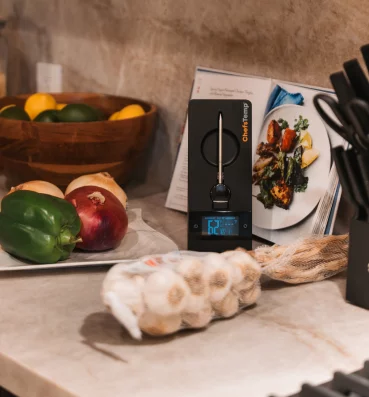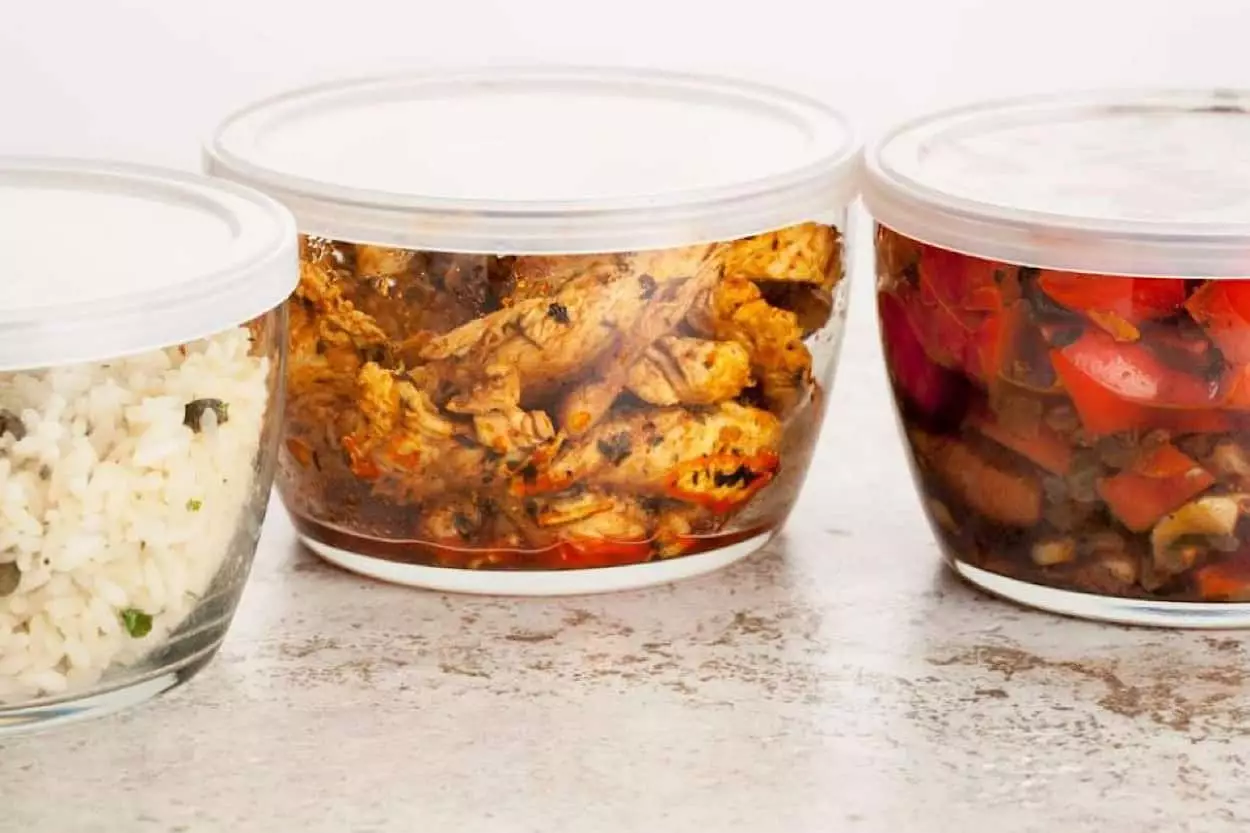
Reheat Food Temp: Guidelines for Food Safety
Whether you cook at home or dine at a restaurant, it’s common to save leftovers for later consumption. You spend a great deal of time making sure that the food is cooked to the right temperature so that it is safe to eat. It’s important to be equally careful when reheating food to make sure that you don’t acquire foodborne illnesses.
Safe handling and meeting the temperature guidelines for reheating food are some of the steps you can take to ensure food safety.
Table of Contents
Guidelines on Reheating Food
When dealing with food leftovers, you must be aware of the temperature danger zone. The temperature danger zone provides a guideline on the temperature when bacteria tend to spread rapidly. It is anywhere between 40 to 140 degrees F.
It is recommended that after you cook food, hot food should be kept hot or above 140 degrees F. On the other hand, cold food must stay cold or below 40 degrees F. Avoid storing food at room temperature for over 2 hours (or store it at room temperature for no more than an hour when the external temperature is over 90 degrees F).
Now that you know about the temperature danger zone, you should follow the safety procedures when reheating food by monitoring food temperature. If you store leftover food and have kept it frozen, make sure to thaw it before serving. The best way to thaw leftover, frozen food is to run cold water over it or thaw it in the microwave oven. You can re-freeze any leftover food, but store it at the ideal storage temperature. If you are using a microwave oven to thaw your frozen leftovers, make sure it reaches 165 degrees F. Use a food thermometer to ensure that the frozen leftovers are thawed safely.
You can also reheat food without thawing it by tossing it directly into a pan or using a microwave oven. This method is best for stews or soups. Reheating any leftovers directly will take longer but it’s possible to use this approach, as long as you reach the safe temperature for the food.
The general rule is to reheat food up to 165 degrees F. Use a thermometer to ensure your food has safely reached the ideal temperature. When reheating, you must cover leftovers to retain moisture and ensure that the food is heated all the way through.
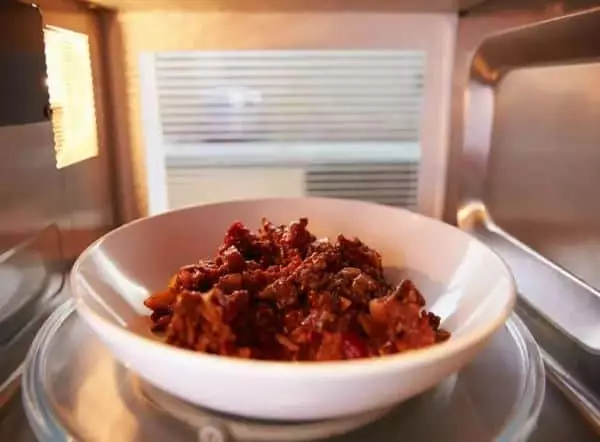
Reheat Food Temp Chart
Cooking your food means the minimum recommended internal temperature must be reached to kill bacteria that cause foodborne illnesses. The same principle applies when reheating your leftover food. Use this reheat food temp chart as a guide to ensure that your leftover foods are safe to consume.
| Food Item | Minimum Internal Temp for Reheating |
|---|---|
| Poultry (chicken, turkey, etc) | 165 F for 15 seconds |
| Ground meat (fish or red meat) | 155 F for 15 seconds |
| Steaks and chops | 145 F for 15 seconds |
| Fish | 145 F for 15 seconds |
| Brined ham or roasted meat | 155 F for 15 seconds |
| Eggs | 145 F for 15 seconds |
| Stuffing | 165 F for 15 seconds |
The best way to reheat food is in a microwave oven to ensure that all parts of the food reach 165 degrees F. Make sure to stir the food halfway through the re-heating process and let it sit for two minutes to allow the even distribution of heat. When you thaw your frozen food, you should reheat it within two hours after it has thawed or has been removed from the refrigerator. The time/temperature control for safety foods recommends that your food must reach 165 degrees F for at least 15 seconds to be safe from any bacteria.
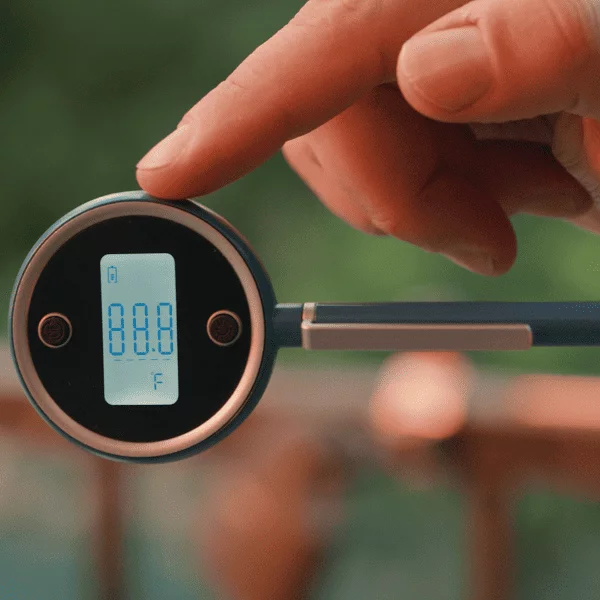
Reheating Leftover Mistakes to Avoid
Cooking with leftovers is something that many households are familiar with. It’s not only practical but also helps to reduce food waste. If you think you have mastered the art of reheating leftovers, think again. Take note of the common mistakes when reheating leftovers to avoid them and protect yourself from being sick.
Mistake 1: You let your food sit at room temperature for more than two hours.
Any perishable foods, such as leftovers, should not sit at room temperature for longer than two hours. After cooking, serve your dish while it is still at 140 F or above. If it falls below that range, it could be at risk of attracting bacteria that will multiply while in the temperature danger zone. The longer your food sits at room temperature, the faster the bacteria could multiply.
Don’t reheat and consume any leftover food that has been sitting at room temperature for more than two hours. If you don’t want to throw any food away, make sure to refrigerate it as quickly as possible so that it is safe to reheat when you want to consume it again.
Mistake 2: Your refrigerator is too warm.
You need the temperature of any leftover foods to drop, so your refrigerator must be cool enough to make this happen. Your refrigerator temperature must be 40 F or below. If you don’t do this, your leftover foods are still at risk of spoilage even when you store them inside the refrigerator.
Mistake 3: You don’t reheat the food at a high enough temperature.
Most people believe you don’t need to reheat leftovers to a certain temperature since it’s already cooked. However, this could be a potentially hazardous practice.
Even when food is cooked, you need to reheat it until it reaches 165 F (or lower, depending on the food you are reheating). Stews and soups should reach a rolling boil before you eat them. For meat, it should be at 165 F on the inside for at least 15 seconds (based on the reheat food temp chart). This temperature level ensures that any harmful bacteria are killed during the reheating process.
Mistake 4: You keep leftovers for more than five days.
While it is safe to keep any leftover food, you should not keep it in your refrigerator for more than five days. Leftover food can last up to four months in the freezer. You can label your food containers indicating when you put them in your refrigerator or freezer so you can monitor when they are still safe to reheat or if you should toss them away.
The Bottom Line
Experts provide the guidelines on reheating food temp for your safety. Ensure you follow these temperature guidelines strictly to avoid exposure to harmful contaminants that can cause food poisoning. Also, take note of the common leftover reheating mistakes above to prevent health risks.
Discover Other ChefsTemp Products
Discover more recipes and learn kitchen tricks by joining our cooking family on Facebook.
You may also like:
